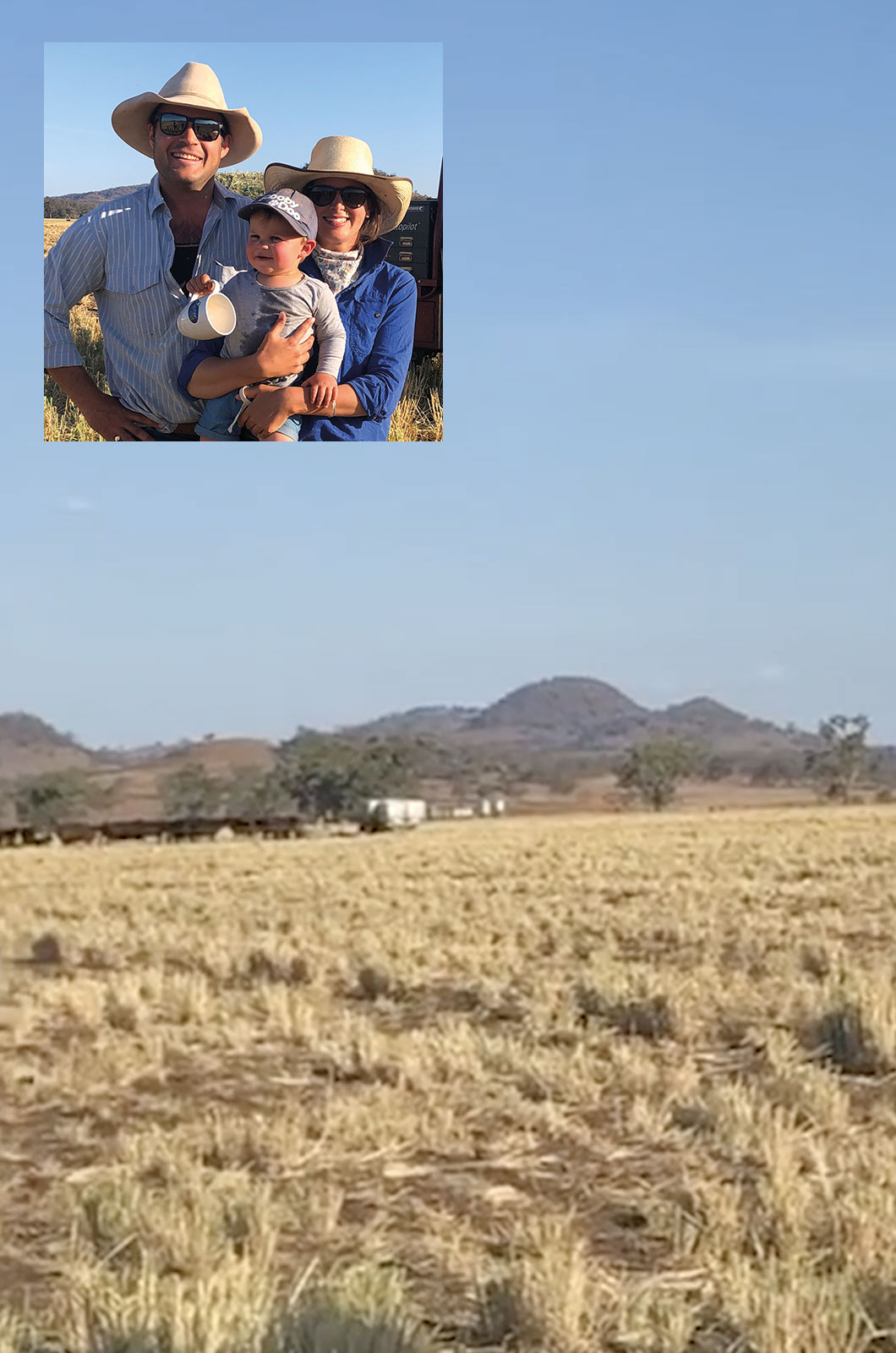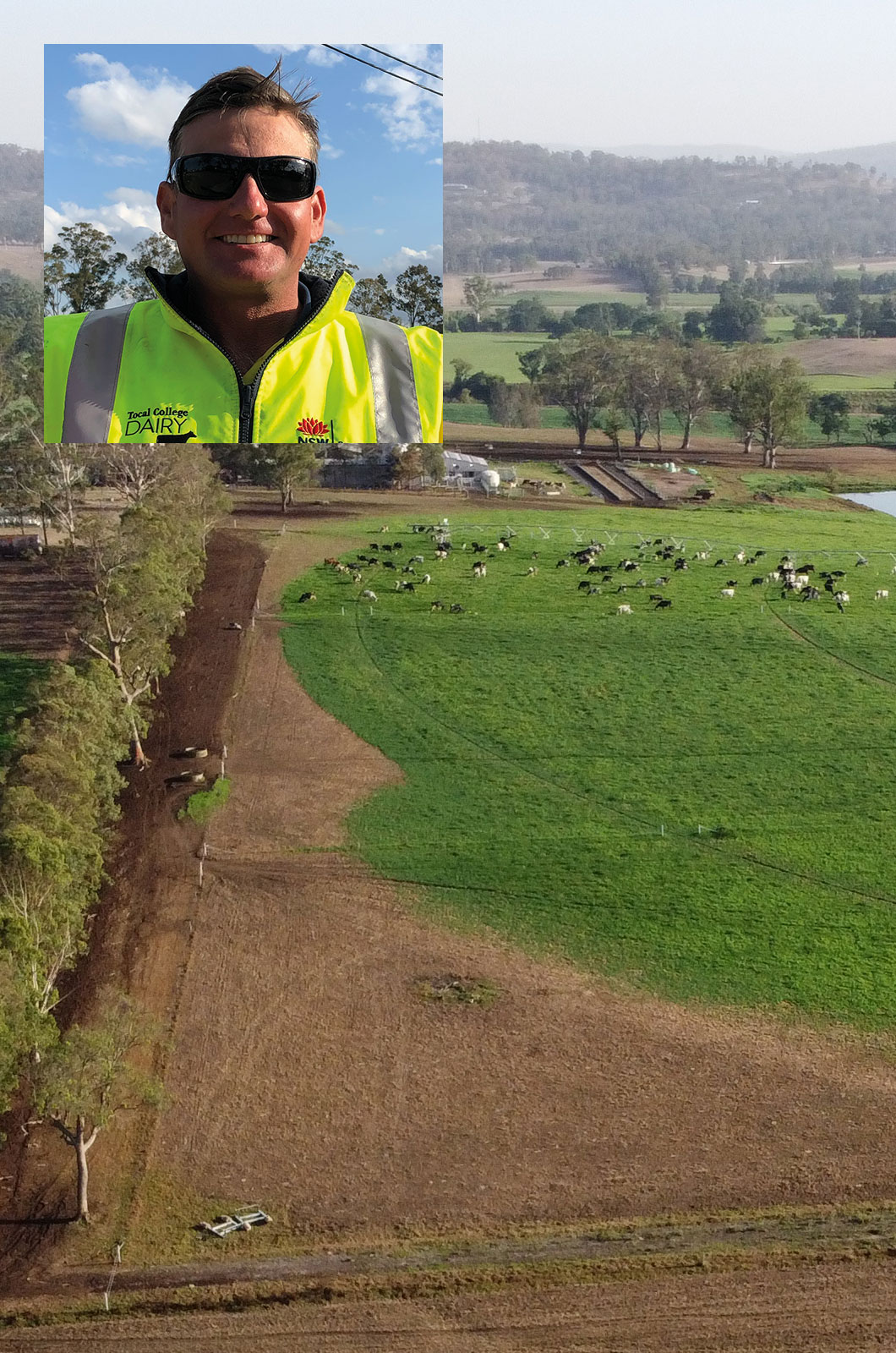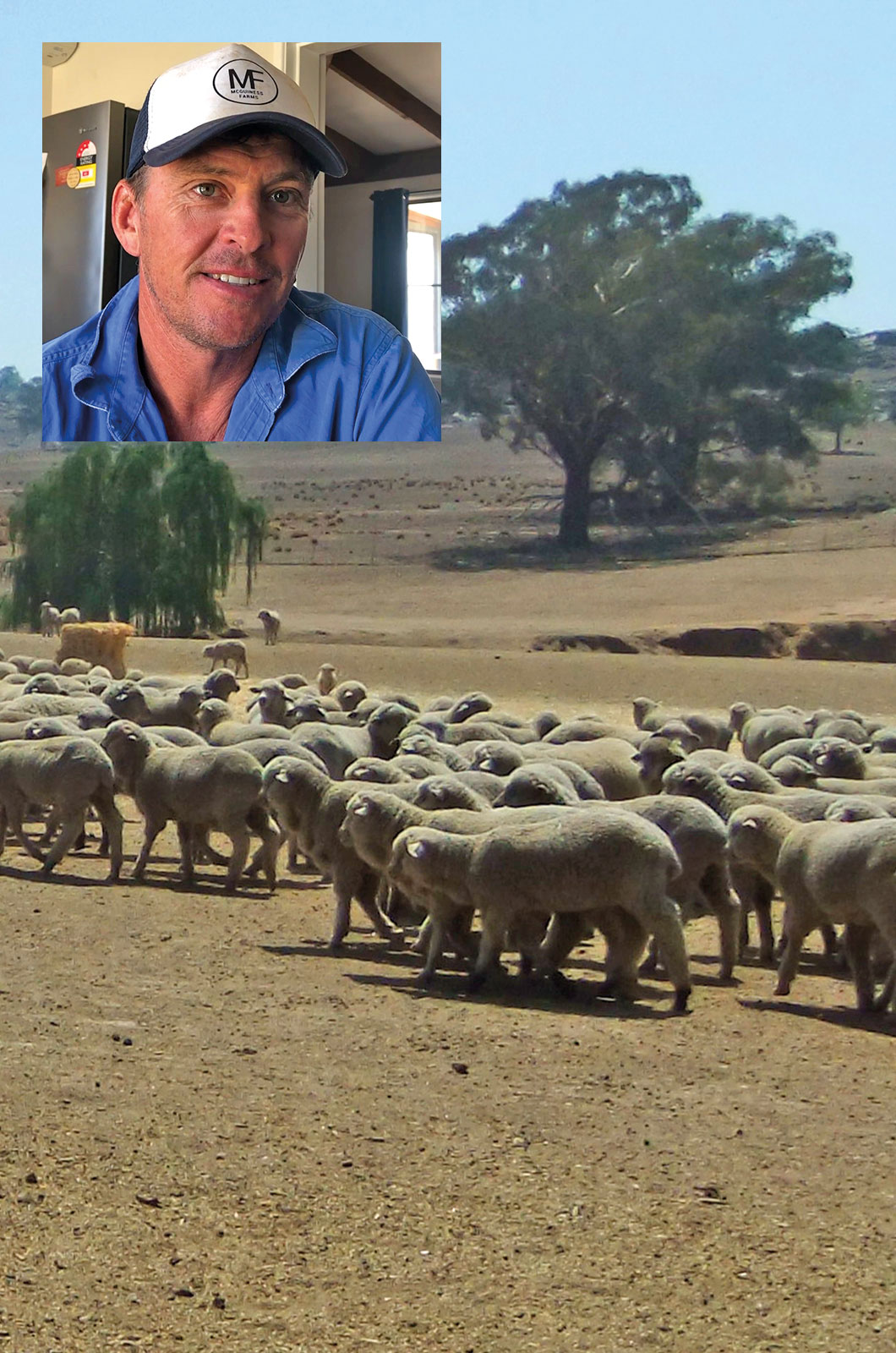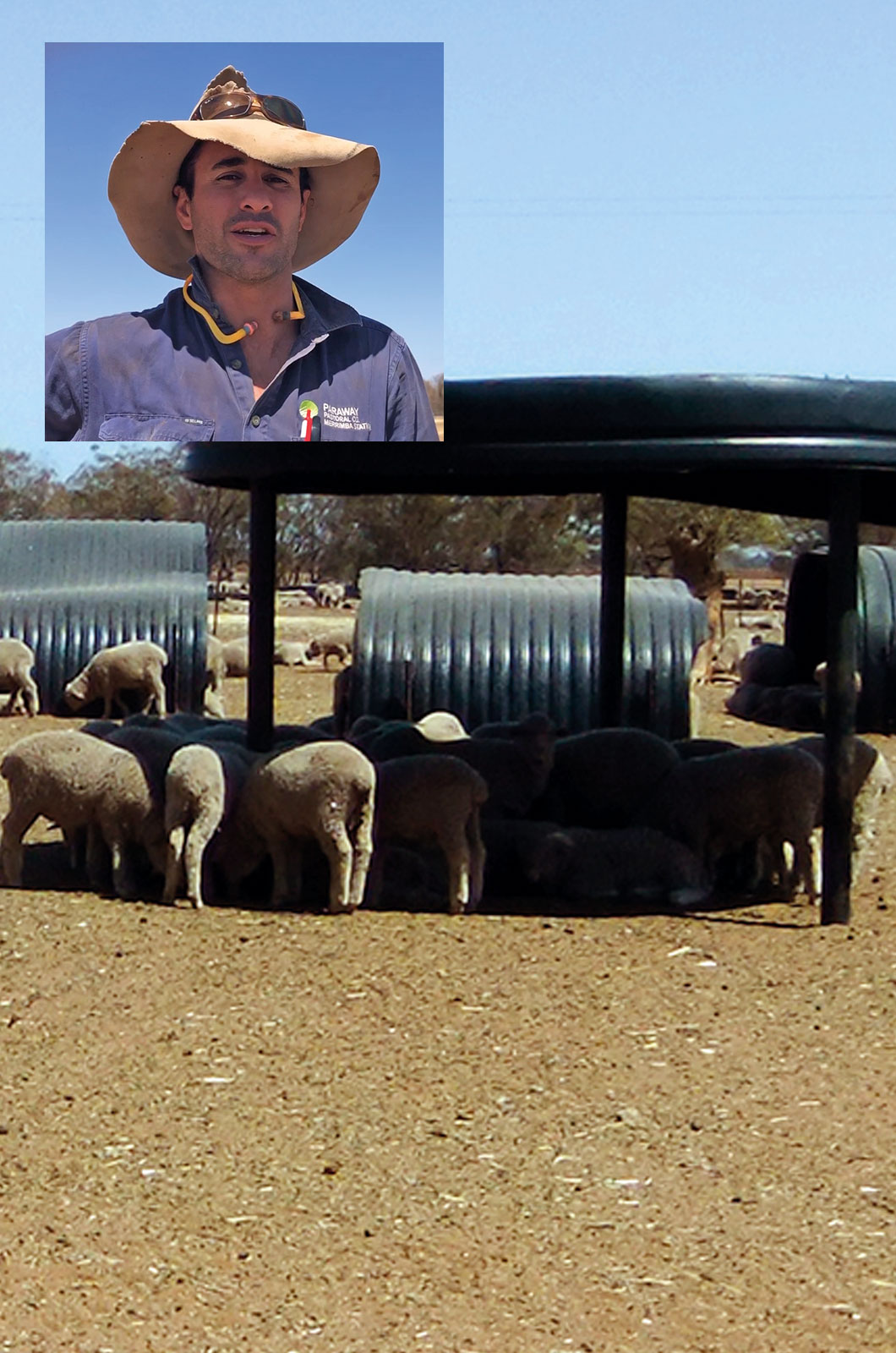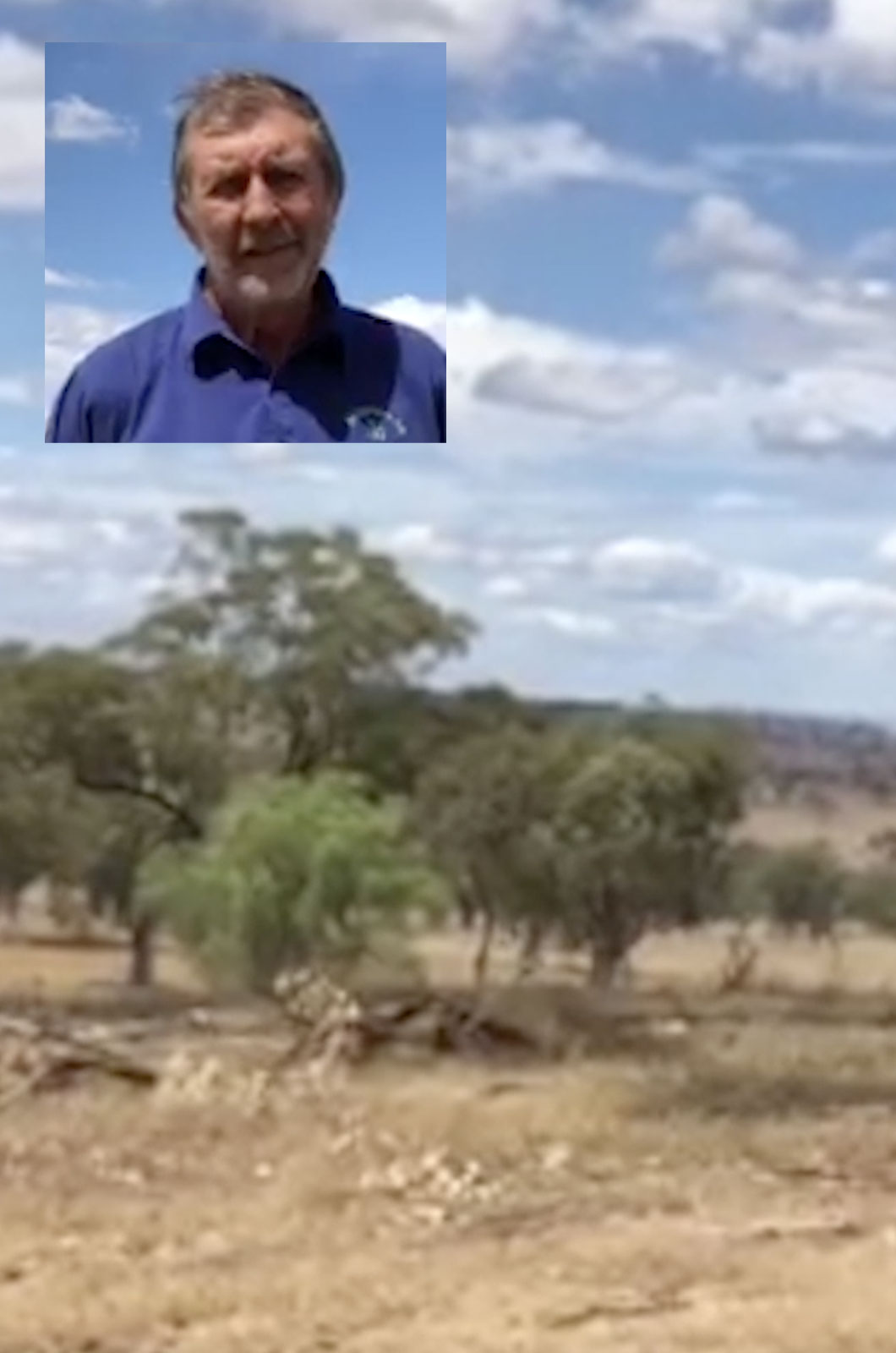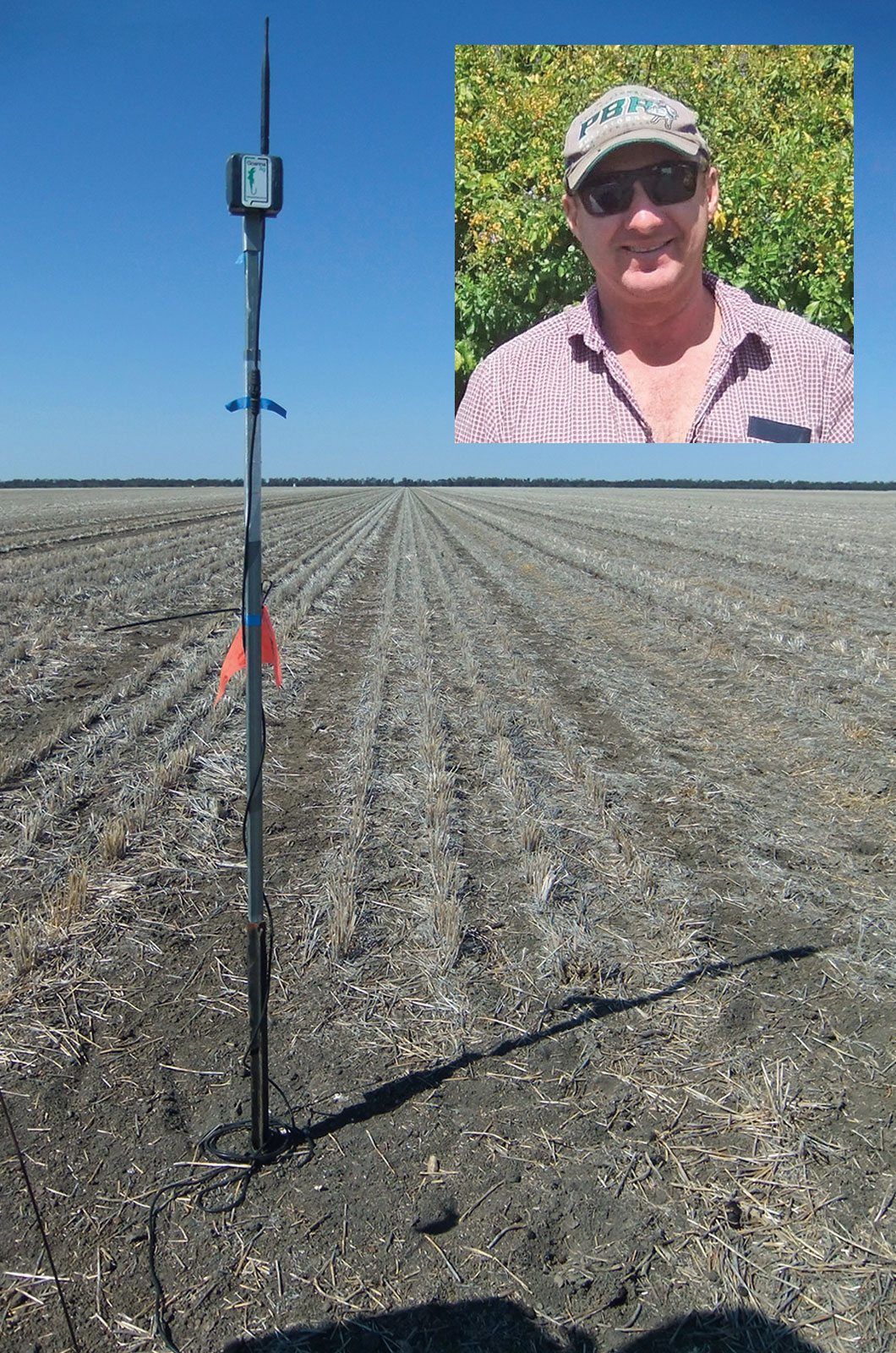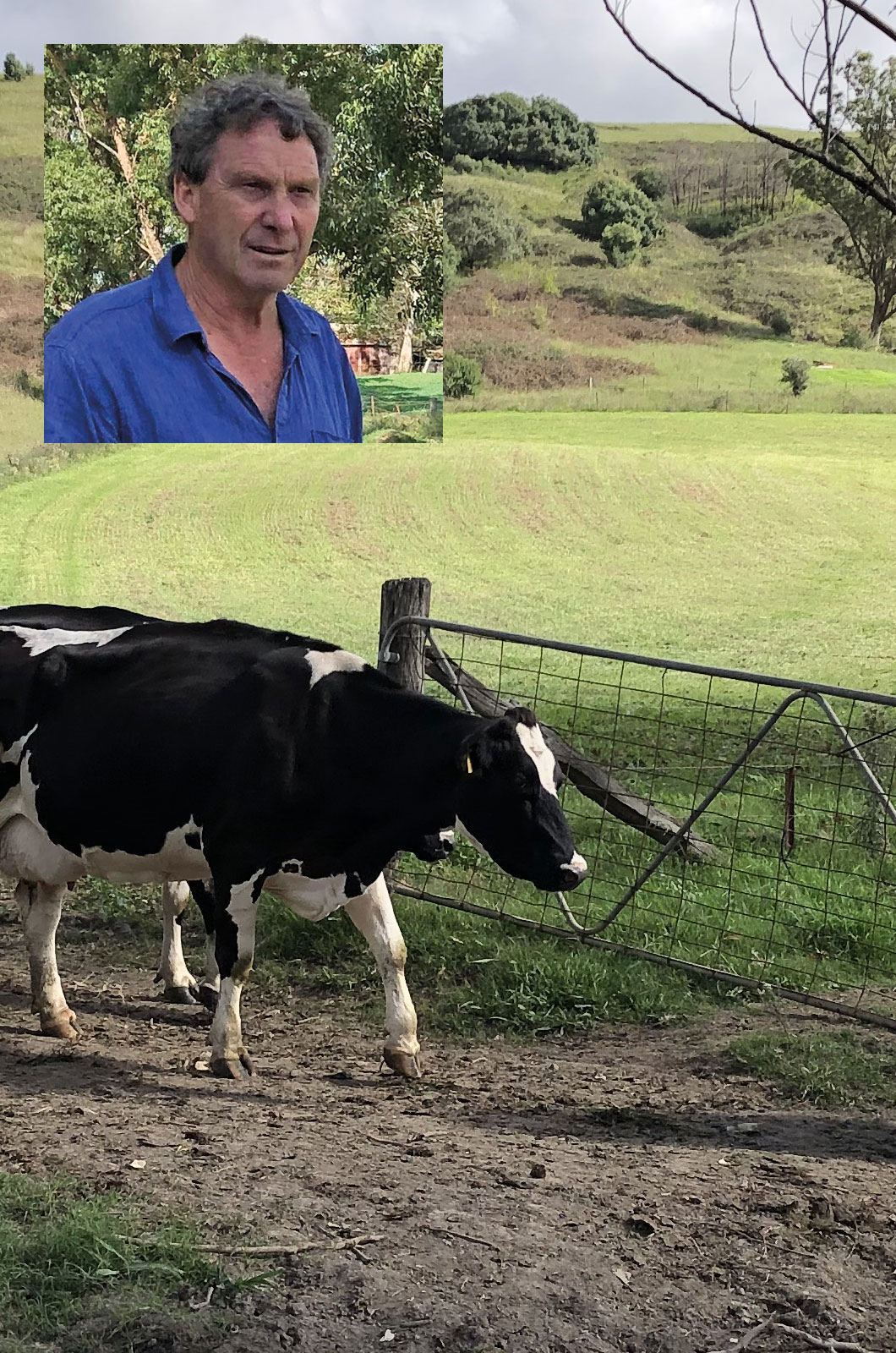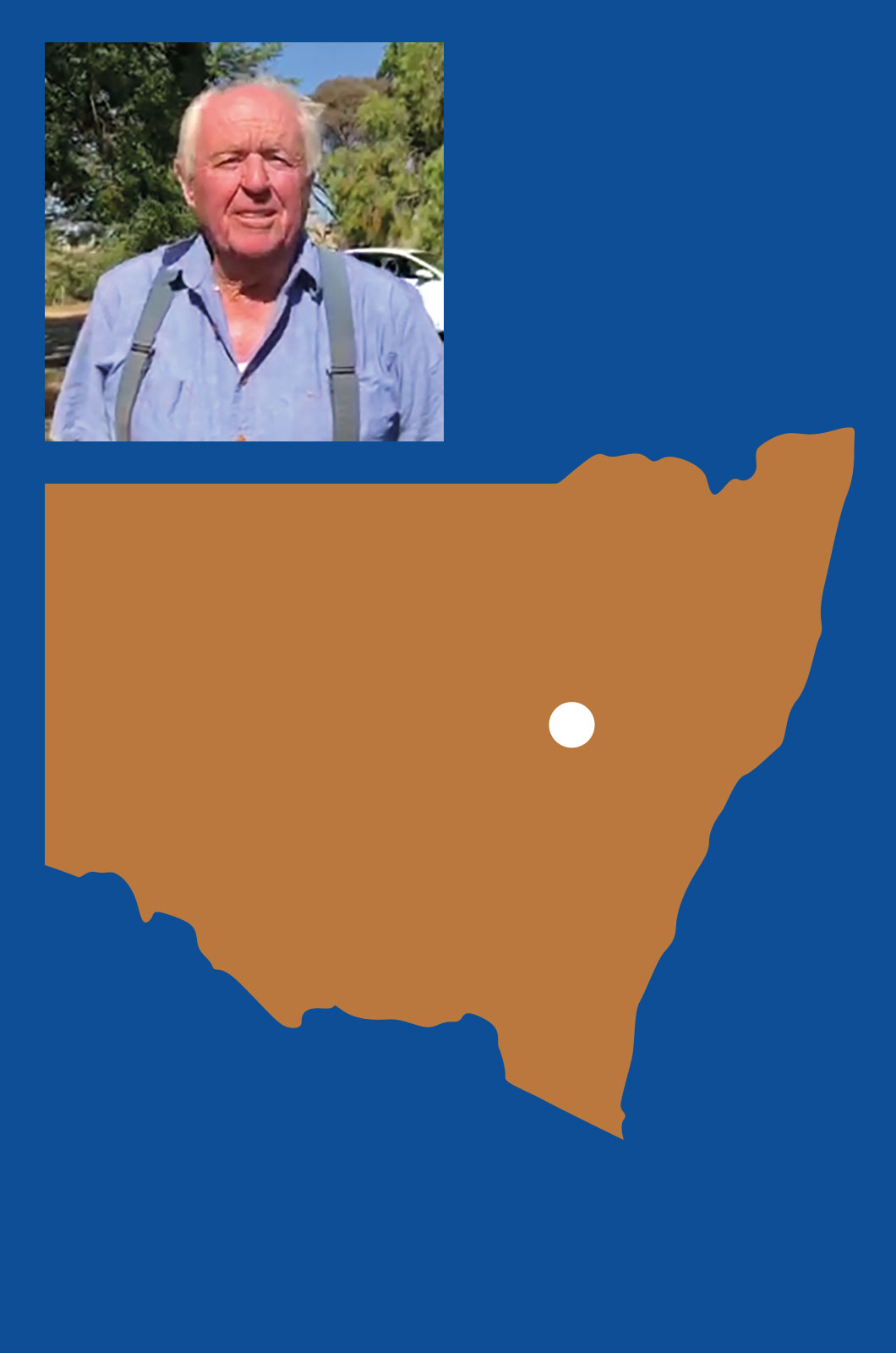 Location: Picton, NSW
Location: Picton, NSW
Owners: John and Sally Fairley
John and Sally own Country Valley Dairy and also Country Valley Boutiques Milk Products at Picton in NSW. The family has been living in the valley for more than 165 years and have had the dairy since 1958. The property is 130 ha including three ha irrigated pasture and 20 ha dryland farmed. In addition to their own milking herd, usually 100 cows, they also buy-in milk from local producers for the milk, cream and yoghurt. In addition, cream is supplied to a boutique butter maker. The award-winning products are marketed through many stores throughout NSW and Canberra including supermarkets and farmers markets. The business employs about 30 people.
Observing the cows grazing on the plentiful oats, ryegrass and kikuyu pasture, it is hard to imagine that the property has been in drought. John explains that his philosophy of regenerative farming and carbon farming has resulted in a substantial build-up of organic matter in the soil and this improves retention of any moisture. Rainfall is captured and stored in the soil for plant growth. One unintended consequence of much less run-off has been drier creeks but this has not been a big problem because of a reliable supply of bore water. The water treatment plant renders the bore water suitable for the cattle. All water used in the factory is reused on the farm. Average annual rainfall was 912 mm but has been much less in recent years.
However, in May 2018 John observed that the soil was too dry for him to sow the usual crops. Pastures and supplies of stored feed were too low to maintain the normal herd size. In dry times in the past he had been prepared to buy-in feed: having done the maths and calculated the return on the cost. In previous droughts, although profit margins were reduced, there was still some value in buying feed. However, because the drought was so widespread in 2018, feed prices were too high to return a profit: in fact, the dairy would have had an operating loss.
Part of the solution was to reduce stock numbers and heavily cull the milking herd to 80 cows. Of course, this resulted in less product for markets but a lower feed bill. As mentioned above, feed was very costly but essential to keep products in the market.
John came up with an idea that he promoted on social media: asking his supporters and locals to adopt a cow to help the farm through the coming winter drought by donating money to help pay for feed for the cows until spring. The idea was that if a person or family adopted a cow or a calf, they would receive a photo of their cow and could name it. The donors could arrange to visit the farm and meet their cow. This strategy was a success not only because it paid for hand feeding until the end of October that year but also because it introduced children to the source of dairy products that they enjoy. Fortunately, it rained in December and again in March the following year.
Although this enterprise is prepared to buy-in feed for dry winter months when pastures may not be showing much growth, John says it is important to watch the costs. This situation is not unusual for the district BUT he has observed that about every 20 years feed prices are too high for his winter strategy.
John’s advice for preparing the dairy for unusually dry times:
- store excess paddock feed when it is available. You might store silage for twenty years but then you have it when feed is too expensive to buy
- buy-in feed when it is less expensive and store it for future need.
Tocal newsletter
Want to find out about news, events, courses and publications?


